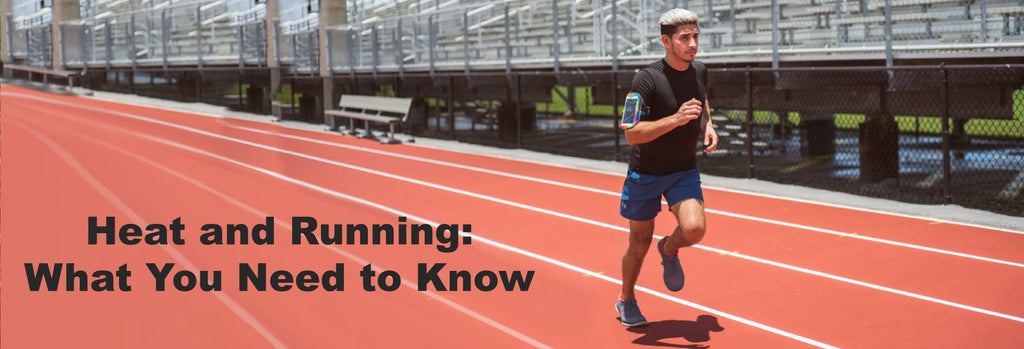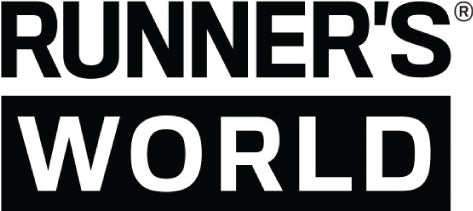We all know that running is one of the best ways to condition the heart, get fit, lose weight and experience the incomparable “runner’s high.” But heading out on the track or trail with the wrong gear can prevent you from reaching your full potential. Here are the five most important pieces of running gear for beginners to help you hit the ground running with zero hurdles (unless you’re into obstacle running, of course).
- A Good Pair of Running Shoes — The No.1 most-important piece of track and trail running gear for beginners is a properly fitted pair of shoes. The key words in that sentence: properly fitted. Take the time to go to an actual running shoe store to get fitted for a pair that’s tailored to your foot, shoe size and gait. This will help prevent pain and fatigue so you can push yourself further and harder every time you go for a run.
- Comfortable, Cushioned Socks — Even the best pair of shoes are worthless without some comfy running socks. The right pair will add a layer of cushioning, keep you at the right temperature and cut back on sweat so you don’t feel uncomfortable while you’re jogging. Warm, moisture-wicking socks are essential pieces of winter running gear for beginners, while lighter-weight styles are essential to keeping you cool in the summer.
- An Armpocket Armband — We’d be remiss if we didn’t mention our next-level phone running armbands. These comfortable, practical pieces of running gear keep your tech at hand so you can listen to your music, track your route and log your miles without even thinking about it, effectively turning your basic smartphone into a cutting-edge wearable. Because these armbands were designed for and by runners with extremely comfortable, cushioned straps that don’t slip or move around while you run, they’re among the best on the market. They also have storage pockets for stashing a key, ID and some spare cash.
- A Light or Reflective Component — Even if you tend to exercise exclusively in the daytime, you’ll probably still find yourself running on cloudy, foggy days when light conditions are low. Be sure to wear an LED safety light or select an Armpocket armband with built-in lights or reflectivity to keep yourself totally visible. This is especially important for runners who prefer high-traffic neighborhood routes.
- Running Apparel that Fits & Adapts — Don’t go overboard on the apparel, but do be selective about what you buy. You only need a comfortable pair of running tights, a non-restrictive sports bra, a sweat-wicking top and a jacket that can be securely tied around the waist if you warm up. All runners have a discovery phase where they learn what apparel works best, so take your time and try various options.
Remember to always pay attention to your body and your comfort levels as you’re advancing along your running journey. Not every athlete is the same, and you may find that you prefer your own set of specialty running gear to keep yourself active and enjoy every mile.










